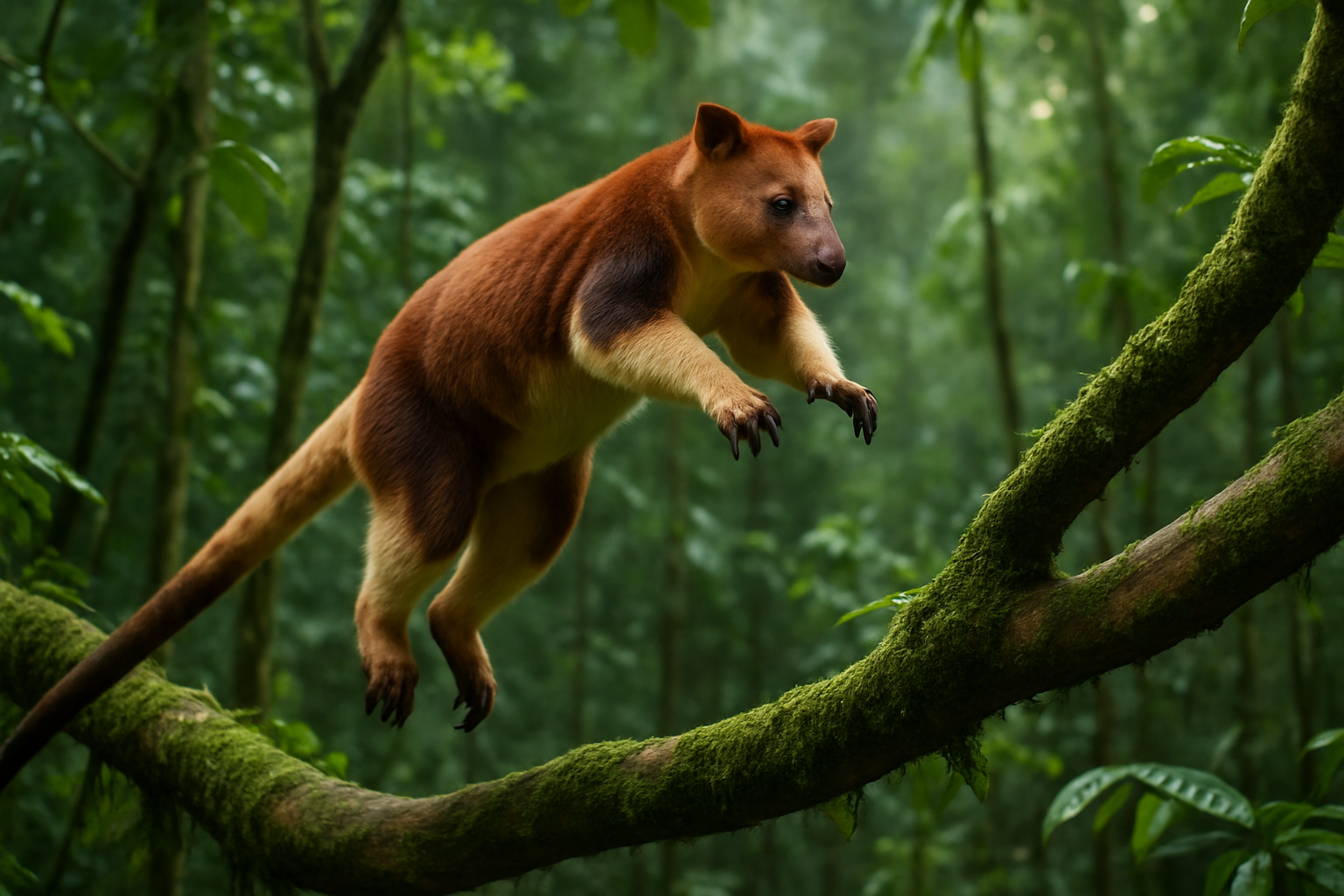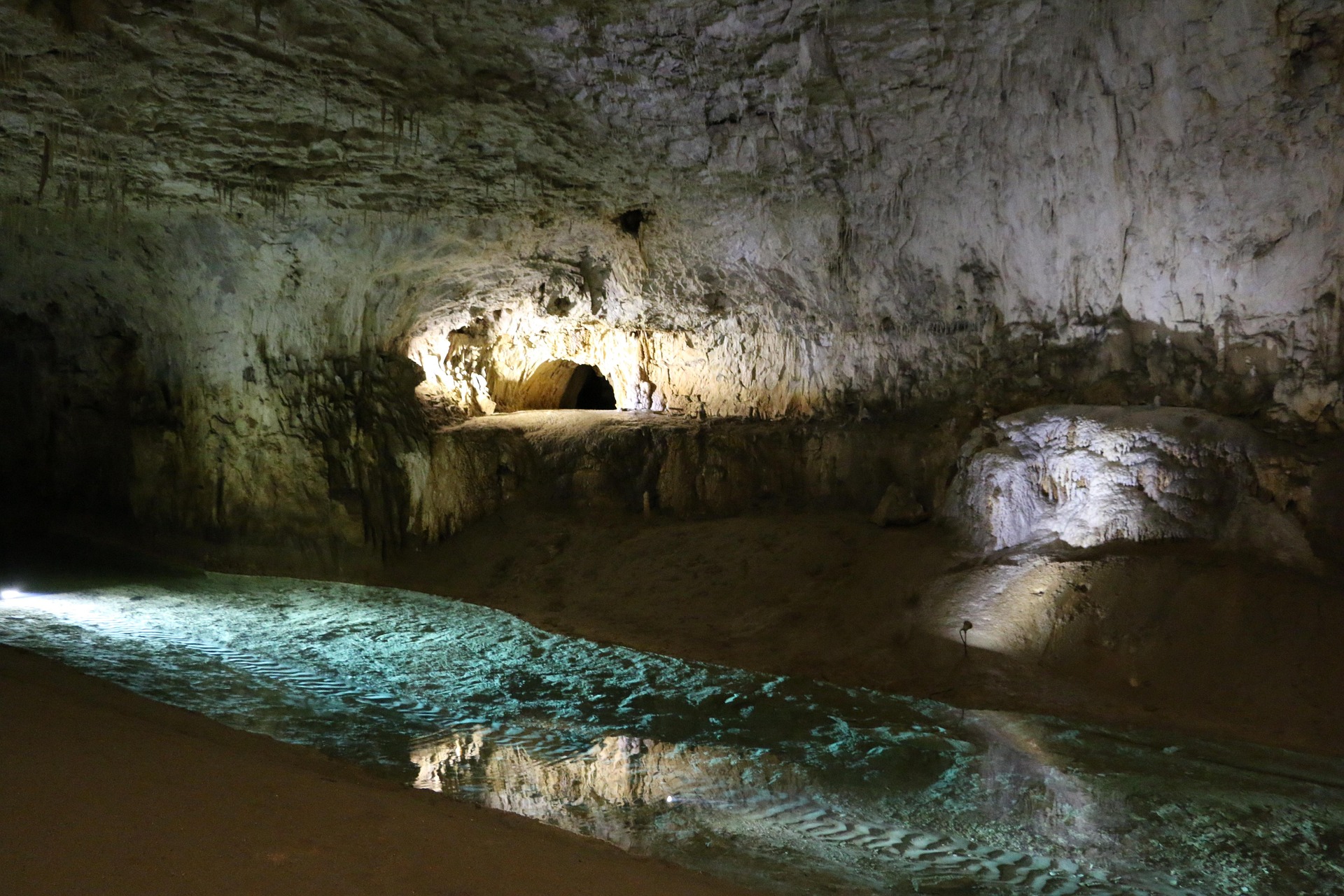Marsupial Marvels: The Hidden World of Australia's Tree Kangaroos
In the lush rainforests of northeastern Australia, a hidden world of arboreal marsupials thrives. Tree kangaroos, the lesser-known cousins of their ground-dwelling counterparts, captivate researchers and nature enthusiasts alike with their unique adaptations and enigmatic behaviors. This article delves into the fascinating realm of these elusive creatures, exploring their evolutionary journey, conservation challenges, and the groundbreaking efforts to ensure their survival in a rapidly changing world.

The genus Dendrolagus, to which tree kangaroos belong, comprises 14 known species, each with its own distinct characteristics and habitat preferences. From the Lumholtz’s tree kangaroo of Queensland to the endangered Wondiwoi tree kangaroo of New Guinea, these marsupials have carved out specialized niches in the forest canopies of Australasia.
Masters of the Canopy: Unique Adaptations
Tree kangaroos possess an array of remarkable adaptations that enable them to thrive in their arboreal habitats. Their muscular tails, nearly as long as their bodies, serve as powerful counterbalances during climbing and leaping. Unlike their ground-dwelling cousins, tree kangaroos can move their hind legs independently, allowing for greater maneuverability in the treetops.
Perhaps most impressive is their ability to leap. Some species can jump up to 30 feet from tree to tree or safely descend to the ground from heights of up to 60 feet. This agility is further enhanced by their specially adapted ankle joints, which rotate to provide a secure grip on branches at various angles.
Diet and Behavior: Leafy Gourmets of the Rainforest
Tree kangaroos are primarily folivores, with leaves making up a significant portion of their diet. However, they are opportunistic feeders and will also consume fruits, flowers, and even bark. This diverse diet plays a crucial role in seed dispersal and forest regeneration, making tree kangaroos important contributors to their ecosystem’s health.
Interestingly, tree kangaroos have developed a unique digestive system to process their leafy diet efficiently. Like many herbivores, they possess a complex stomach that allows for the fermentation and breakdown of tough plant material. This adaptation enables them to extract maximum nutrition from their food sources in the nutrient-poor rainforest environment.
Conservation Challenges: A Race Against Time
Despite their remarkable adaptations, tree kangaroos face numerous threats in the wild. Habitat loss due to deforestation, hunting pressure, and climate change have led to significant population declines across many species. The Wondiwoi tree kangaroo, for instance, is considered one of the rarest mammals on Earth, with only a handful of individuals believed to exist in the wild.
Conservation efforts for tree kangaroos are complicated by their elusive nature and the challenging terrain of their habitats. Traditional survey methods often prove ineffective, leading researchers to develop innovative techniques such as camera trapping and environmental DNA sampling to monitor populations and gather crucial data.
Innovative Conservation: Technology and Community Partnerships
In recent years, conservationists have turned to cutting-edge technologies to aid in tree kangaroo research and protection. Satellite imaging and LiDAR mapping are being used to identify and monitor suitable habitats, while GPS tracking collars provide valuable insights into the animals’ movements and behavior patterns.
Community-based conservation initiatives have also shown promise in protecting tree kangaroos and their habitats. In Papua New Guinea, where several species are found, local communities are being engaged in sustainable land management practices and eco-tourism projects. These efforts not only benefit the tree kangaroos but also provide economic opportunities for indigenous peoples, creating a win-win situation for conservation and community development.
The Future of Tree Kangaroos: Hope Amidst Challenges
While the road ahead for tree kangaroo conservation remains challenging, there are reasons for optimism. Increased public awareness, coupled with dedicated research and conservation efforts, has led to some success stories. In Australia, the establishment of protected areas and wildlife corridors has helped stabilize populations of certain species, such as the Lumholtz’s tree kangaroo.
Looking forward, the preservation of these unique marsupials will require a multifaceted approach. This includes continued habitat protection, intensive research, and the development of sustainable practices that allow for coexistence between human communities and wildlife. By safeguarding tree kangaroos, we not only protect a fascinating evolutionary marvel but also preserve the delicate balance of the rainforest ecosystems they inhabit.
As we continue to unravel the mysteries of these arboreal acrobats, one thing becomes clear: tree kangaroos represent not just a triumph of evolution, but a symbol of the intricate and precious biodiversity that makes our planet so extraordinary. Their conservation is not merely about saving a species, but about maintaining the complex web of life that sustains us all.





